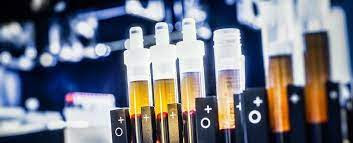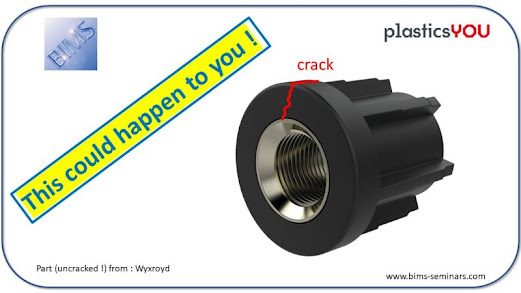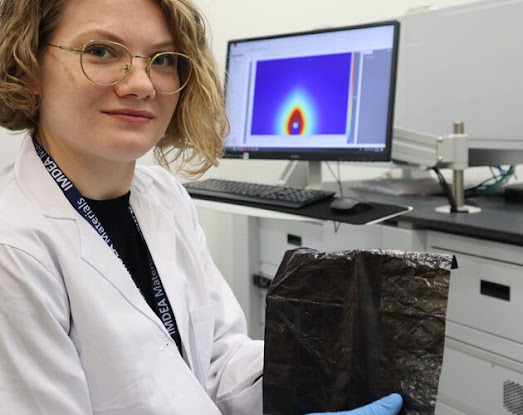Study Finds PFAS Chemicals May be Linked to Increased Risk of Cardiovascular Disease

DZNE researchers provide evidence that traces of the widely used PFAS chemicals in human blood are associated with unfavorable lipid profiles and thus with an increased risk of cardiovascular disease. The findings are based on data from more than 2,500 adults from Bonn and the Dutch municipality of Leiderdorp. PFAS were detected in the blood of nearly all study participants. The study results were published in the renowned scientific journal “Exposure and Health”. Effects are More Pronounced in Younger Population: It is estimated that more than 10,000 different per- and polyfluoroalkyl substances (PFAS) have been developed since their invention in the 1950s. They are used in thousands of products ranging from cosmetics and dental floss to pan coatings and firefighting foams because of their water-, fat- and dirt-repellent properties. In addition to their basic chemical structure, PFASs have another thing in common: they are virtually non-degradable. They enter the human food chain prim





